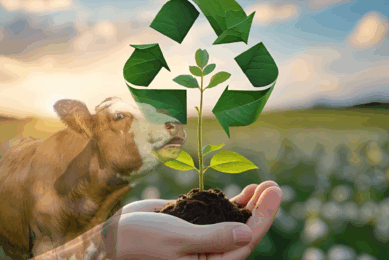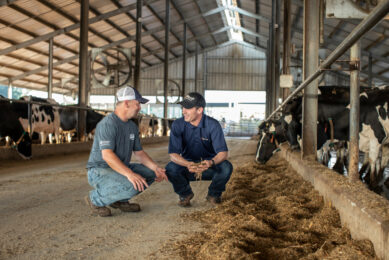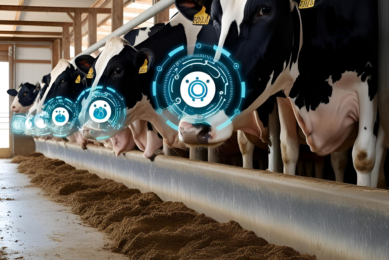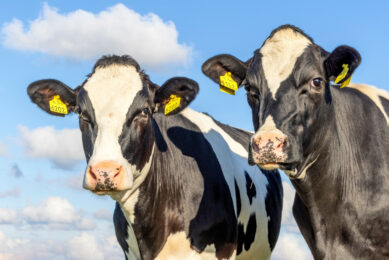Space technology to help farmers cut costs and ammonia
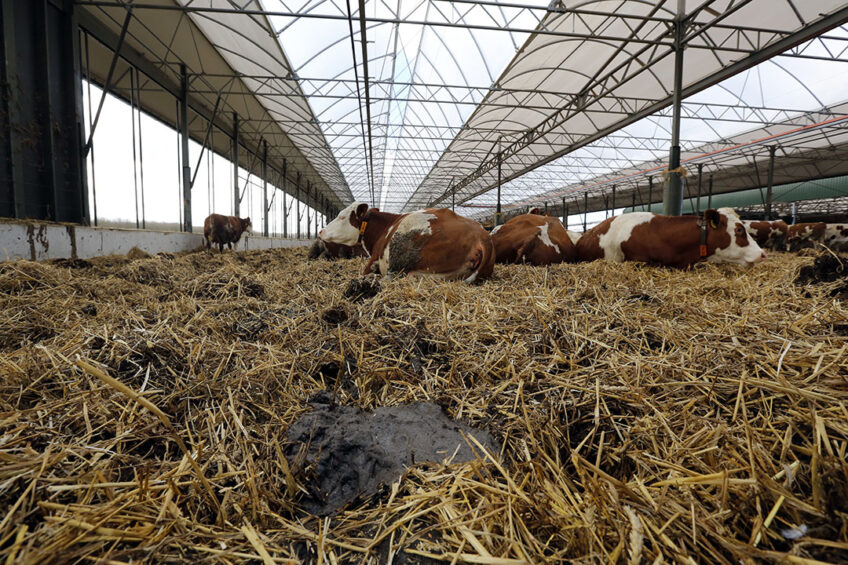
A team of UK scientists are applying technology developed for space research to help tackle the amount of ammonia that the farming industry releases into the atmosphere and try to make farming more efficient.
Agriculture is a vital multi-billion pound industry for the UK, but faces challenges with the ever-increasing demand for food and dwindling land resources. To meet these challenges and remain competitive, farmers have had to intensify production with increasing reliance on chemical fertilisers – but these measures have increased the amount of pollution caused by agriculture. A main contributor is ammonia, a gas which is generated by livestock and released from fertiliser use directly into the atmosphere. As a pollutant, it is having a growing impact upon the environment.
Lower production costs for farmers
A British research team, led by Professor Brian Ellison from the Science and Technology Facilities Council’s RAL Space facility, working in association with scientists at environmental consultancy firm ADAS, is working to create a reliable way of monitoring and analysing the ammonia emissions so that mitigation procedures can then be introduced. According to the scientists, this will not only help the environment by cutting emissions, it will also support farmers by lowering production costs, for example by reducing expensive fertiliser use.

Continuous Ammonia Monitoring for Agriculture
They are investigating a technique for Continuous Ammonia Monitoring for Agriculture – known as the CAMAG project. The instrument concept uses a gas sensing method that was originally developed for radio astronomy research and satellite-based Earth observation to detect the microwave signals given off by the ammonia. Professor Ellison said: “By combining the knowledge of scientific and technical experts within RAL Space and ADAS, we are developing a sensing system that can provide a real-time measurement of an ammonia output from the ground and within the farm location. The benefit of using this technology is that it is passive, non-invasive, and thus does not damage the ‘product’, and is affordable. Its application will help reduce climate change and also support the agricultural industry by enhancing production efficiency.”
Ammonia may pose a threat to human health
Atmospheric ammonia pollution is of concern to agricultural and atmospheric scientists across the globe. When ammonia combines with other pollutants in the atmosphere it can form dangerous particles which, when inhaled, may pose a threat to human health. As global leaders attempt to introduce measures to mitigate the human impact on the natural world, international targets have been introduced alongside practical measures to try to reduce the amount of ammonia emission. “Our preliminary scientific and technical evaluation indicates that it is possible to use our proposed instrument to sense and monitor ammonia,” Professor Ellison said. “Now we need to assess the accuracy of the method and compare its performance to alternatives to fully establish its effectiveness.”
The research project has been funded by the STFC Food Network+, which brings together researchers from STFC and different disciplines in the agri-food sector with the aim of solving some of the world’s greatest food sustainability challenges.
Join 13,000+ subscribers
Subscribe to our newsletter to stay updated about all the need-to-know content in the dairy sector, two times a week.



